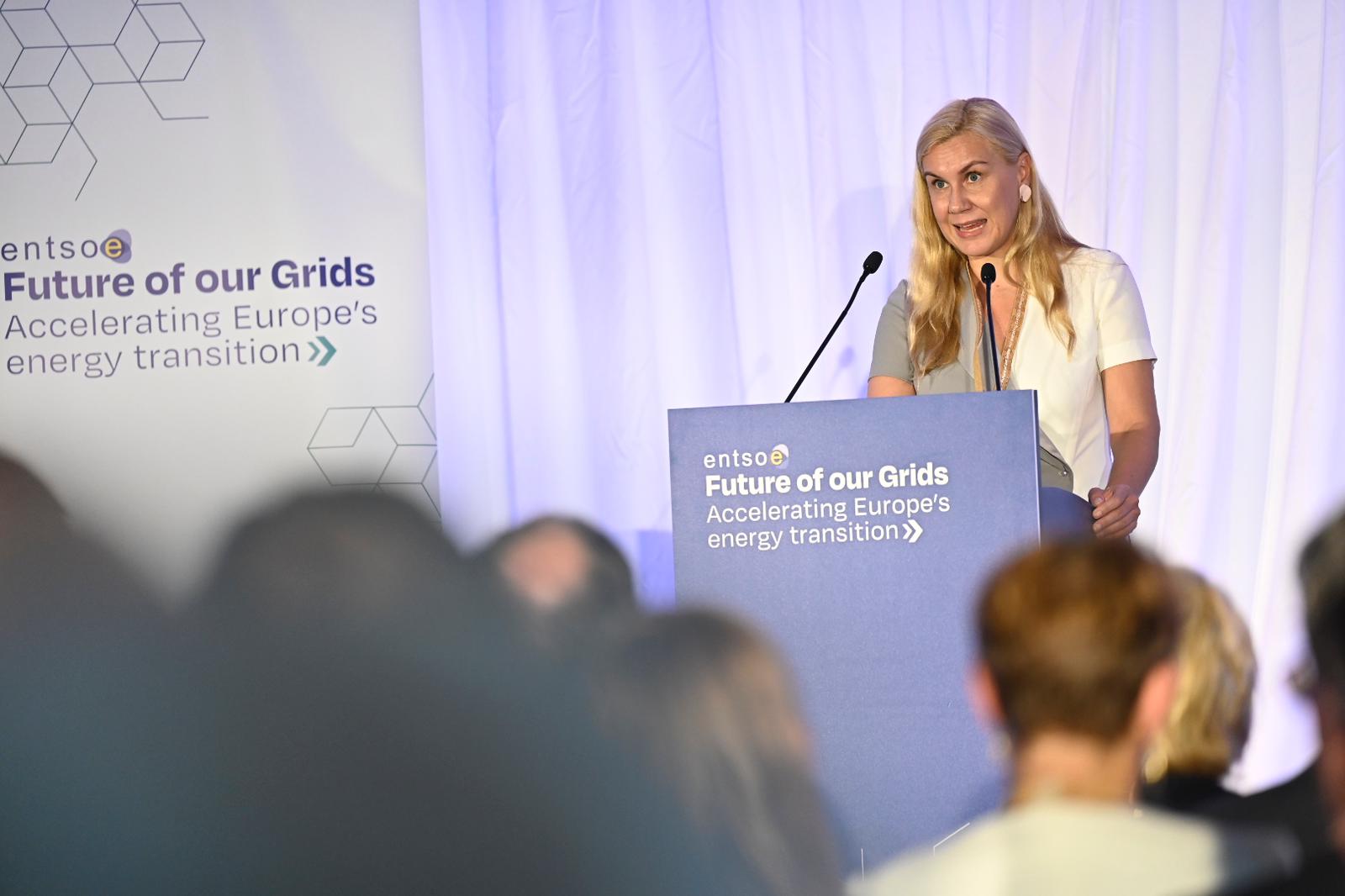The EU wants to electrify itself with the electricity grid (but with what money?)

To expand and update the electricity grid, which is fundamental for the ecological transition, Europe will have to invest 584 billion euros by 2030. "We can do it", assures Commissioner Simson. Facts, numbers and insights
“Without a fit-for-purpose electricity grid, we will not achieve our REPowerEU goal of replacing Russian fossil fuels, nor our net zero emissions targets.” These are the words of Kadri Simson, European Commissioner for Energy, pronounced yesterday during the first High-Level Electricity Grid Forum of the ENTSO-E. ENTSO-E is the European network of electricity transmission system operators: Italy is represented by Terna .
THE IMPORTANCE OF THE ELECTRICITY GRID FOR THE ENERGY TRANSITION
The forum, as the specialized newspaper Smart Energy International wrote, has the aim of spreading awareness of the importance of the electricity grid. The energy transition that the European Union is undertaking to make is a major process of "electrification" of consumption: it means that electricity – obviously generated from clean sources – will replace fossil fuels in many applications, both domestic and industrial and transport; as a result, the electricity infrastructure will have to become larger and more robust to reach all the new wind and photovoltaic plants and to ensure the constant balance of supply and demand (turbines and panels depend on the presence of wind and sun).
INVESTMENTS OF 584 BILLION EUROS
Large investments are needed for the expansion and technological upgrading of networks: Simson spoke of 584 billion euros by 2030, and referred to additional financing of 50 percent to the REPowerEU plan by the European Investment Bank .
– Read also: Why RepowerEu will be a joy for Eni, Enel, Snam and Terna
The commissioner then said that there is a need to speed up the authorization procedures for network modernization projects and to focus more on the interconnection between European networks, in order to increase the resilience of the various national systems. According to ENTSO-E estimates, European investments in cross-border electricity infrastructure are expected to proceed at a rate of 6 billion per year until 2040.
THE INDUSTRIAL PROBLEM
Lastly, Simson addressed the problem of industrial bottlenecks. “We all read the news about projects being postponed or suspended because the wait times for components go beyond 2030, or because of rising costs.” Electricity networks need copper cables and grid-forming inverters , which are more suitable than the current ones (called grid-following ) in managing intermittent renewable sources.
“Let's not forget”, added the commissioner, “that the three largest cable manufacturers in the world are based here in Europe. If we could strengthen our industrial capacity, expand the pool of skilled labor, improve the supply chain, all this would be transformed into jobs, growth and opportunities." Last March the European Commission presented an industrial plan, the Net-Zero Industry Act , to stimulate the domestic manufacturing of "clean technologies" and reduce dependence on foreign countries (i.e. on China, mainly).
THE REFORM OF THE ELECTRICITY MARKET
The transformation of the European electricity grid is linked to the reform of the European Union electricity market. The Commission presented its proposal in March. Brussels would like to stimulate the installation of renewable capacity (which in theory should triple by 2030) and reduce price volatility, but does not intend to change the marginal cost rule: simply explained, it means that the first plants to sell electricity are those with the lowest marginal cost, i.e. those that can increase production without major expenses (sun and wind are free, unlike natural gas). Simson said at the High-Level Electricity Grid Forum that the reform will change “the remuneration mechanism for grid projects and increase upfront investment”.
AND THE PRICE CAP FOR GAS?
The Commission is also evaluating what to do about the so-called "Market Correction Mechanism", i.e. the price cap for natural gas established in December 2022 with the aim of mitigating the energy crisis. In a March report, the European Union's Agency for the Cooperation of Energy Regulators wrote that the price cap had had no direct and unambiguous "significant impacts" on energy markets, either positive or negative .
As reported by Eunews , the director general of the Commission's Energy Directorate, Ditte Juul Jorgensen, said at a hearing in the European Parliament that Brussels is evaluating whether to extend the price cap and other emergency measures introduced during the energy price crisis phase .
This is a machine translation from Italian language of a post published on Start Magazine at the URL https://www.startmag.it/energia/kadri-simson-rete-elettrica-unione-europea/ on Fri, 08 Sep 2023 09:08:48 +0000.
